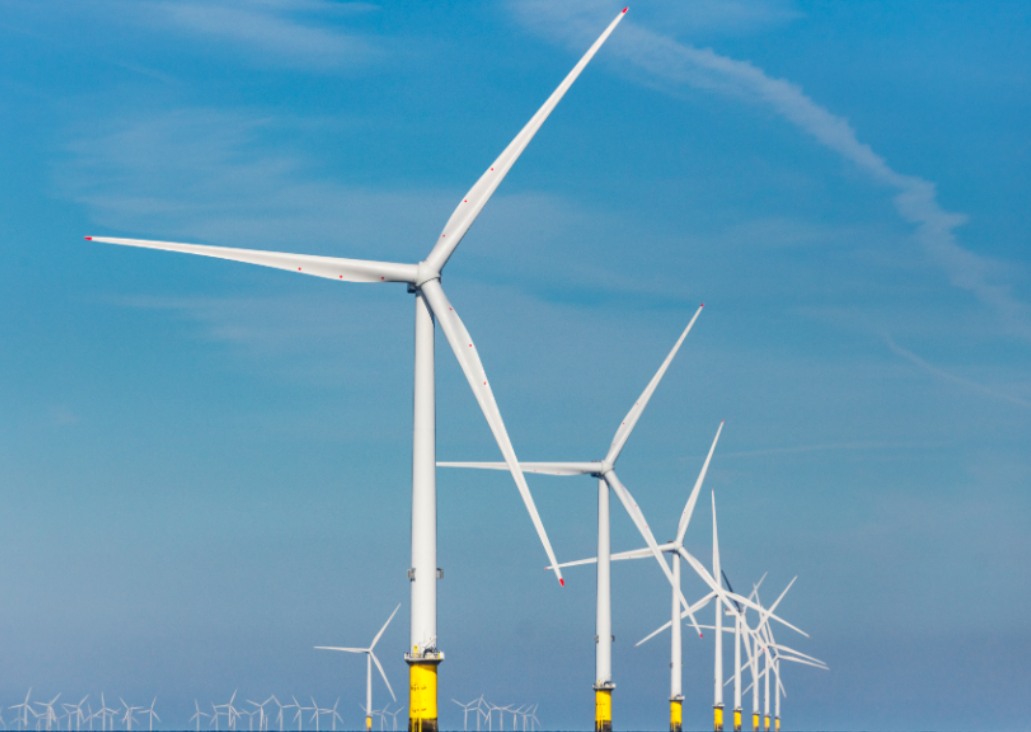Scientists have designed a new wind turbine that they say can better recover from turbulent conditions.
By adding rotors to turbines, it will help them rebound from what are known as wakes.
The new design also has the potential to allow wind turbines to produce more energy.

Wind turbines are generally cost-effective, which is why they're one of the fastest-growing sources of energy in the world. For years, they've more or less been built the same way: with one rotor. But a new study from Aarhus University in Denmark and Durham University in the U.K. challenges that conventional wisdom with computer modeling that shows a new, more effective turbine: one with four rotors.
The standard wind turbine rotor is comprised of the turbine's blades—usually two or three. More sophisticated designs have these blades connected to a blade bearing, which can adjust the blades angle of attack to get the most possible wind.
As wind moves through the blades of the turbine, a disturbance called a wake is formed. While not as chaotic as pure turbulence, which airplanes fly through, the phenomenon is similar. A wind turbine wake forms a region with lower wind speeds. A wind turbine downstream from this first turbine would see its performance suffer when encountering the wake. The downstream turbine would face slower winds, meaning less production, and the structural pressures it faces would increase.
The question isn't one of defeating the wakes, but of helping turbines rebound from them with greater efficiency.
"In the study, we found that turbulence and currents in the wake of the turbines recover much faster with multi-rotor turbines," says Mahdi Abkar, assistant professor at the Department of Engineering, Aarhus University and an expert in flow physics and turbulence, in a press statement. "This means that, with multi-rotors, a second turbine downstream will produce more energy and will be subjected to less load and stress, because the turbulence is correspondingly smaller."
"We've explored several different geometries and dynamics of multi-rotor turbines and have found that the optimum construction is a turbine with four rotors as far apart as possible. The latter results in less downstream turbulence and a faster stabilization of the wake behind the wind turbines," says Abkar.
Adding rotors would allow the turbine to return to its old self, the scientists say. As wind turbines get larger and offshore wind farms grow, getting that efficiency right should be a major priority.
"You can always increase your energy output by increasing the diameter of the rotor blades, but there are major structural challenges in building these massive constructions with diameters exceeding 150 meters. The material requirements increase, the transport of the structures is cumbersome and expensive, and it becomes more costly to maintain the wind turbines," Abkar says.
Akbar and his team say building multi-rotors would cost 15 percent less to construct than a turbine with one rotor, and would be easier to construct and transport. A multi-rotor system would allow for the turbine to work through failures, unlike current models.
The new turbine might even produce 2 percent more energy. That isn't a lot at first blush, but every bit of energy could help renewables as the planet needs them more than ever, thanks to manmade climate change.